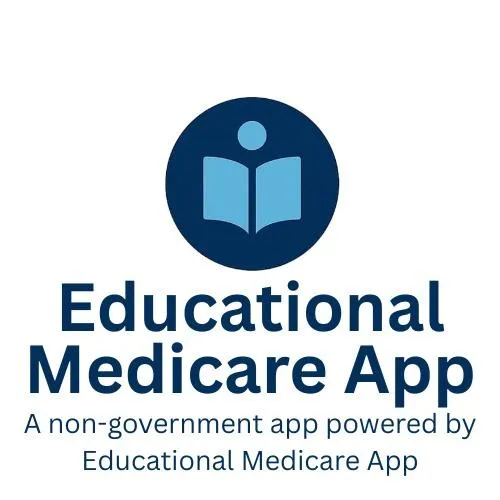Medicare + Medicaid (Dual Eligibility)
If you have limited income and resources, and you’re also eligible for Medicare, you may qualify for both Medicare and Medicaid. This is called being “dual eligible.”
Being dual eligible can significantly reduce your healthcare costs and give you access to additional benefits that Medicare alone doesn’t provide. Let’s break down what each program does — and how they work together to help you.
What Is Medicare?
Medicare is a federal health insurance program primarily for people:
- Age 65 or older
- Under 65 with certain disabilities
- With end-stage renal disease (ESRD)
It includes several parts:
- Part A – Hospital insurance (covers inpatient care, skilled nursing facilities, hospice)
- Part B – Medical insurance (covers doctor visits, outpatient care, labs, and preventive services)
- Part D – Prescription drug coverage
- Part C – Medicare Advantage plans (an alternative to Original Medicare, often includes extra benefits)
What Is Medicaid?
Medicaid is a joint federal and state program that helps people with low income and limited assets pay for healthcare services. Each state has its own rules about who qualifies and what is covered.
Medicaid may cover services that Medicare doesn’t, such as:
- Long-term care in nursing homes
- Assistance with daily living (at home or in a facility)
- Dental, vision, and hearing care
- Transportation to medical appointments
- Personal care services
How They Work Together
When you qualify for both, Medicaid can act as a secondary payer to Medicare. This means:
- Medicaid may pay your Part B premium
- It may also cover your deductibles and coinsurance
- You may pay little to nothing for covered services
- You can access additional benefits like non-emergency transportation and home care
Real-Life Example
Let’s say Maria is 67, on Medicare, and earns about $1,200 a month. She also qualifies for Medicaid in her state. Because she’s dual eligible, she pays $0 for her doctor visits, gets a plan that covers her prescriptions, and even receives a grocery card through a special plan called a D-SNP.
What Is a D-SNP?
A Dual Eligible Special Needs Plan (D-SNP) is a type of Medicare Advantage plan made specifically for people with both Medicare and Medicaid. These plans help coordinate your care and often include:
- $0 monthly premiums and low copays
- One card for both Medicare and Medicaid services
- Prescription drug coverage (usually with no cost)
- Extra benefits like:
- Grocery or utility cards
- Over-the-counter medicine allowances
- Free dental, vision, and hearing
🔗 Learn more about Dual Eligible SNPs – Medicare.gov
Who Qualifies for Medicaid?
Medicaid eligibility is based on your income and assets. These limits are different in every state. You may qualify if you:
- Have income below your state’s threshold
- Have limited savings and financial resources
- Are already receiving SSI (Supplemental Security Income)
To apply or find out if you qualify, visit your state’s Medicaid website or call your local Medicaid office.
🔗 Contact Your State Medicaid Agency – Medicaid.gov
When Can You Apply?
If you're dual eligible, you can enroll in or change D-SNP plans any time of year. You’re not limited to the fall enrollment window like most Medicare beneficiaries.
Still Have Questions?
If you're unsure whether you qualify or which plan fits your needs, we're here to help. Tap “Contact Us” or “Virtual Appointment” in the app to connect with a licensed Medicare advisor. There’s no cost — just answers.
This app is for educational purposes only and is not affiliated with the U.S. government or CMS.
